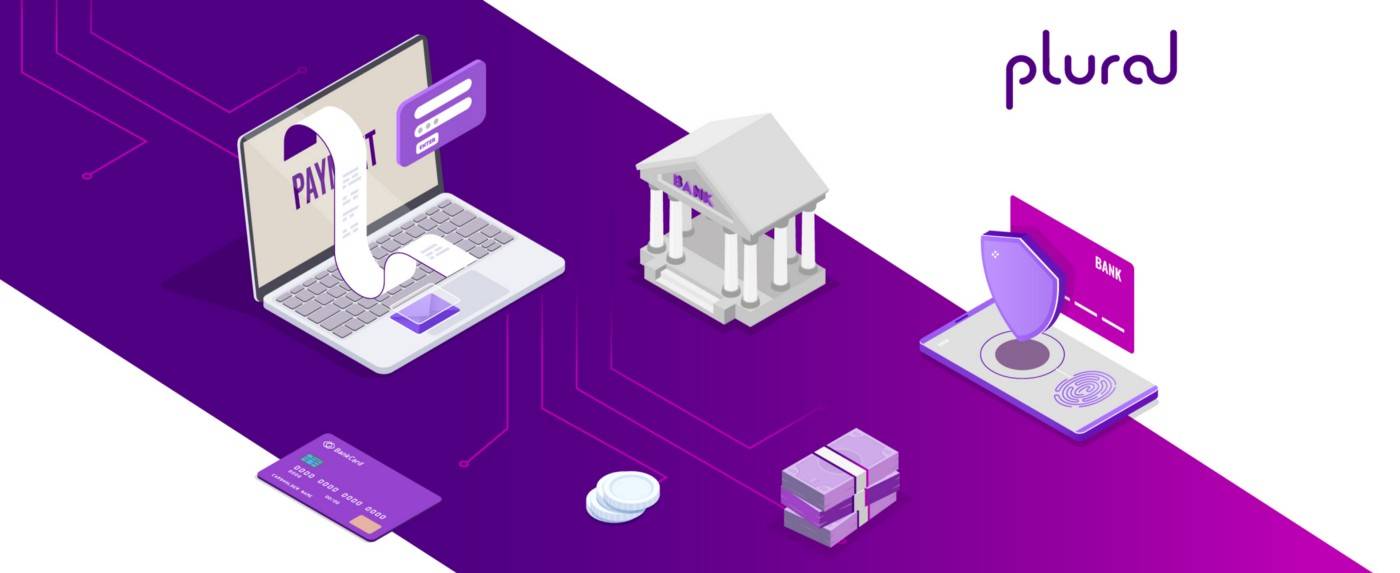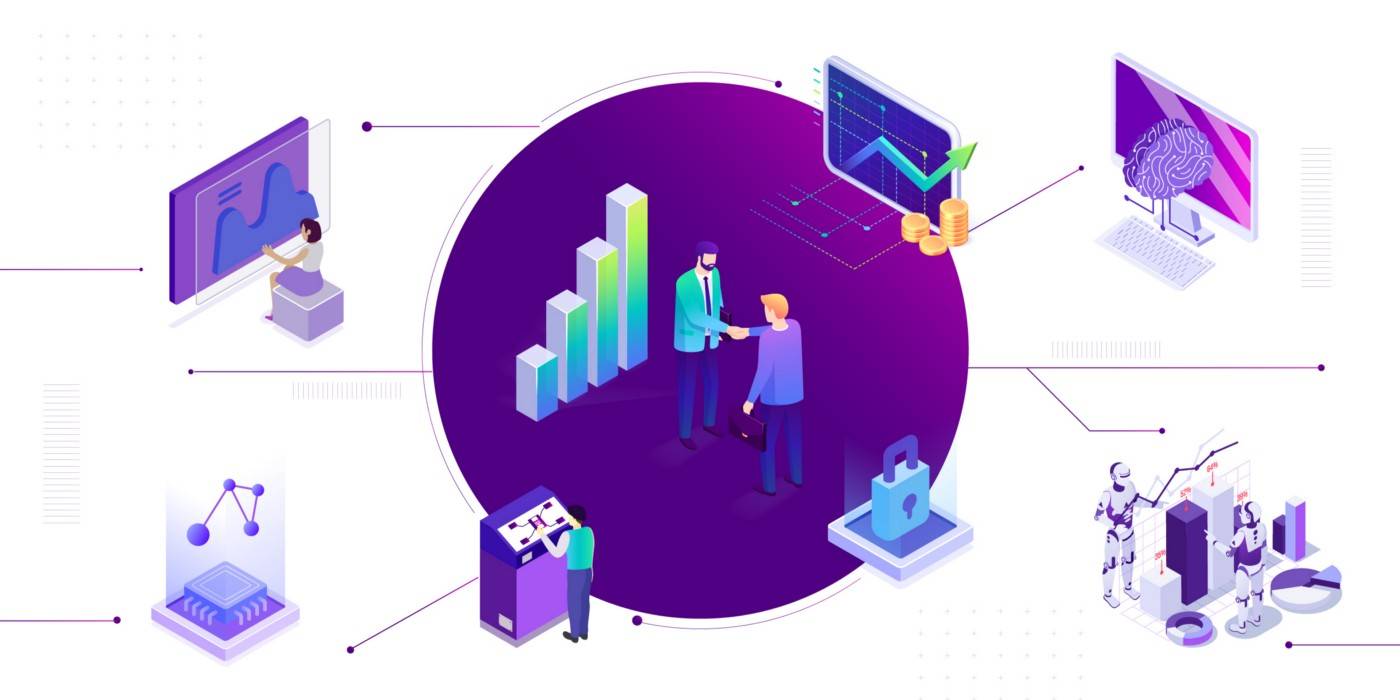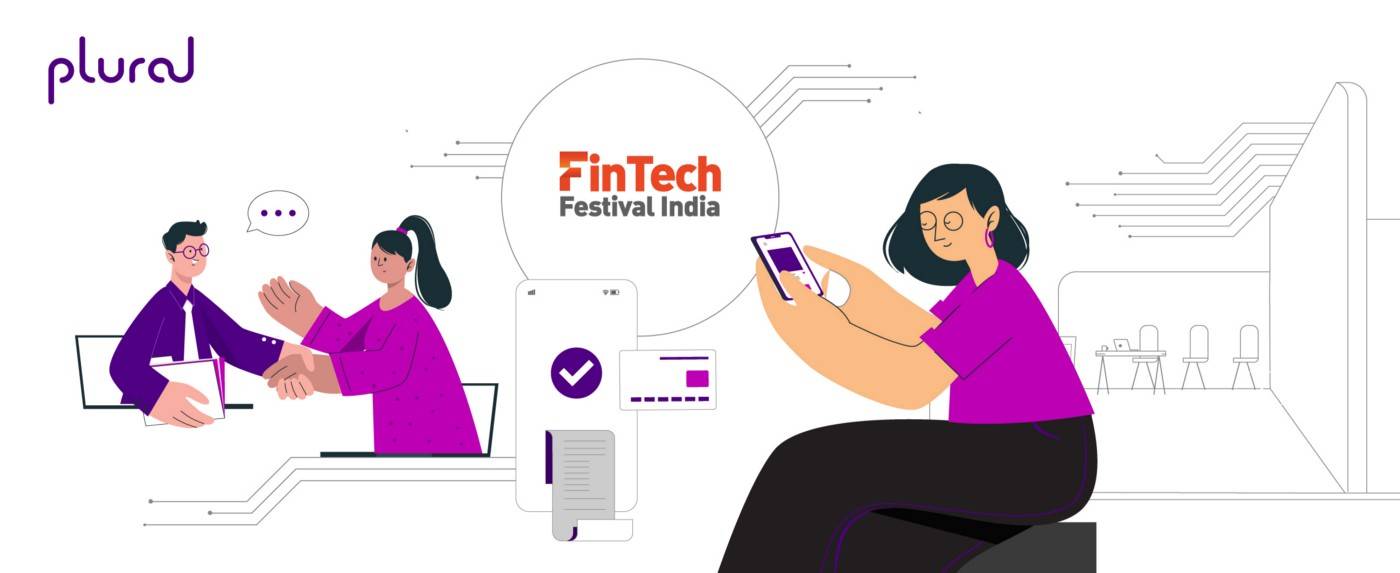Can you imagine a world where you can send and receive money without the assistance of any bank, broker, or other intermediary? Sounds unreal, right? However, this could soon be normal, thanks to the rise of decentralised finance.
In the past decade, we have witnessed incredible innovations in the payment sector. New technologies are constantly challenging traditional systems, revolutionising the way we handle money. Decentralised finance, or DeFi is one such revolution.
In this blog, we’ll uncover decentralised finance and its implications on payments.
What is decentralised finance (DeFi)?
Today’s financial system is mostly centralised. Banks, governments, and other intermediaries dictate who gets access to financial services and how the money flows. DeFi offers an alternative that turns this traditional model upside down.
Unlike a centralised system that relies on intermediaries to facilitate transactions, DeFi allows individuals to engage directly with one another through smart contracts and blockchain technology. It creates a peer-to-peer network where no single system controls your assets.
So anyone with access to the internet can participate in a DeFi system, regardless of location or background. It opens doors toward a more accessible, transparent, and inclusive financial system.
How does decentralised finance work?
Decentralised finance, or DeFi, operates on the idea of cutting out the middlemen and putting you in control of your money. Instead of relying on financial institutions, you can use smart contracts and blockchain technology to conduct financial transactions.
So, how does it work? Well, imagine you want to borrow some money. In a traditional system, you would go to a bank, fill out forms, and wait for approval. You could bypass all these steps in a DeFi system. You only need to specify the loan amount and agree to the terms outlined in the smart contract. A willing lender will transfer the funds directly to your connected wallet based on the collateral you provide.
The best thing about DeFi is that it’s transparent and secure. All transactions are recorded on a public blockchain, which means anyone can easily verify them. Plus, there are no physical boundaries or restrictions since everything is digital.
Decentralised finance implication for payments
DeFi is slowly seeping into a variety of financial transactions. Here are some implications of DeFi in payments:
Peer-to-peer transactions
In traditional financial systems, transfers often involve multiple parties and lengthy procedures, resulting in delays and added costs. With DeFi, individuals can transact directly with one another. It makes transferring money quick, easy, and cost-effective by cutting the intermediaries that charge fees.
Borderless payments
Cross-border payments can be complex and expensive, involving multiple financial institutions and compliance processes. DeFi removes these barriers by utilising blockchain technology. It enables individuals to make payments seamlessly across countries. Anyone with an internet connection can participate in global transactions without geographical restrictions.
Greater financial inclusion
In centralised financial systems, many individuals face barriers to access basic financial services, particularly the unbanked and underbanked populations. With 1.4 billion adults unbanked globally, this is a significant concern.
DeFi addresses this issue by providing an open and accessible platform for anyone with an internet connection. Individuals can participate in lending, borrowing, savings, and other financial activities without needing a bank account or credit history.
Transparency and security
Transactions in a decentralised finance system are recorded on a public blockchain. This means that anyone can view the transaction history, bringing a higher level of transparency and accountability that is absent in traditional finance. Moreover, these transactions are immutable, meaning they cannot be altered or tampered with. The cryptography technology used in DeFi enhances the security of transactions.
Programmable payments
DeFi introduces programmable payments through the use of smart contracts. They enable transactions to be automatically executed based on predefined conditions. For example, a smart contract could be programmed to release funds to a supplier once certain criteria are met, eliminating the need for manual intervention or trust in a third party.
Currently, there are approximately 152,000 smart contracts that support around 11,000 decentralised applications (dApps).
Tokenisation of assets
DeFi facilitates tokenising assets. Tokenisation is when physical assets, such as real estate, artwork, or commodities, are presented as digital tokens on a blockchain. The interesting thing about tokenisation is that it breaks assets into smaller, more affordable units. This opens up investment opportunities to a broader range of individuals who may not have had access to traditional investment markets.
Challenges associated with decentralised payments
As with any emerging technology, decentralised finance comes with its challenges. Here are some concerning ones:
Security risk
Smart contracts, which form the backbone of DeFi, are susceptible to vulnerabilities and bugs. If a smart contract is compromised, funds can be lost or stolen. Additionally, as DeFi platforms are built by different developers, there is a risk of interacting with fraudulent or poorly audited protocols. Users must be cautious about using secure and reputable platforms only.
Regulatory uncertainty
DeFi’s decentralised nature makes it hard for governments to decide how to regulate it. This can lead to confusion about following the rules and protecting investors.
Performance limitations
DeFi systems that use blockchain can have limited capacity. For instance, bitcoin’s blockchain can handle only around 3 to 7 transactions per second, which is relatively low compared to traditional systems (Visa can process thousands per second). This can cause delays, making DeFi less smooth for users.
Complexity in adoption
DeFi includes certain technical intricacies like managing digital wallets, keeping private keys safe, and using decentralised apps (dApps). It can be daunting for mainstream users and hinder widespread technology adoption.
Price volatility
DeFi assets, especially cryptocurrencies, can have big price swings. The unpredictability can be risky for users and investors. It’s important to have some risk management strategies in place.
What the future looks like for DeFi?
Decentralised finance holds great potential to disrupt the traditional banking system as we know it today. As technology emerges, DeFi will be faster and more scalable. Once clear regulations are in place, users can enjoy the benefits of an inclusive financial system. Until then, it’s important to proceed with caution.
One exciting concept emerging is embedded finance, which seamlessly integrates financial services into everyday activities. Imagine making payments, borrowing, or managing investments directly from your favourite apps or platforms without needing separate banking apps.
87% of businesses foresee a substantial impact on their growth and revenue from embedded finance within the next three years. Hence, companies like Setu are working on building such embedded finance capabilities for businesses. Setu aims to provide easy access to financial services by partnering with various businesses, allowing them to offer financial products directly to their users.
As DeFi continues to evolve, we can look forward to a future where financial services are seamlessly integrated into our daily lives, making managing money more convenient and accessible for everyone.

Amrita Konaiagari is a Marketing Manager at Plural by Pine Labs and Editor of the Plural blog. She has over 10 years of marketing experience across Media & Tech industries and holds a Master’s degree in Communication and Journalism. She has a passion for home décor and is most definitely a dog person.



